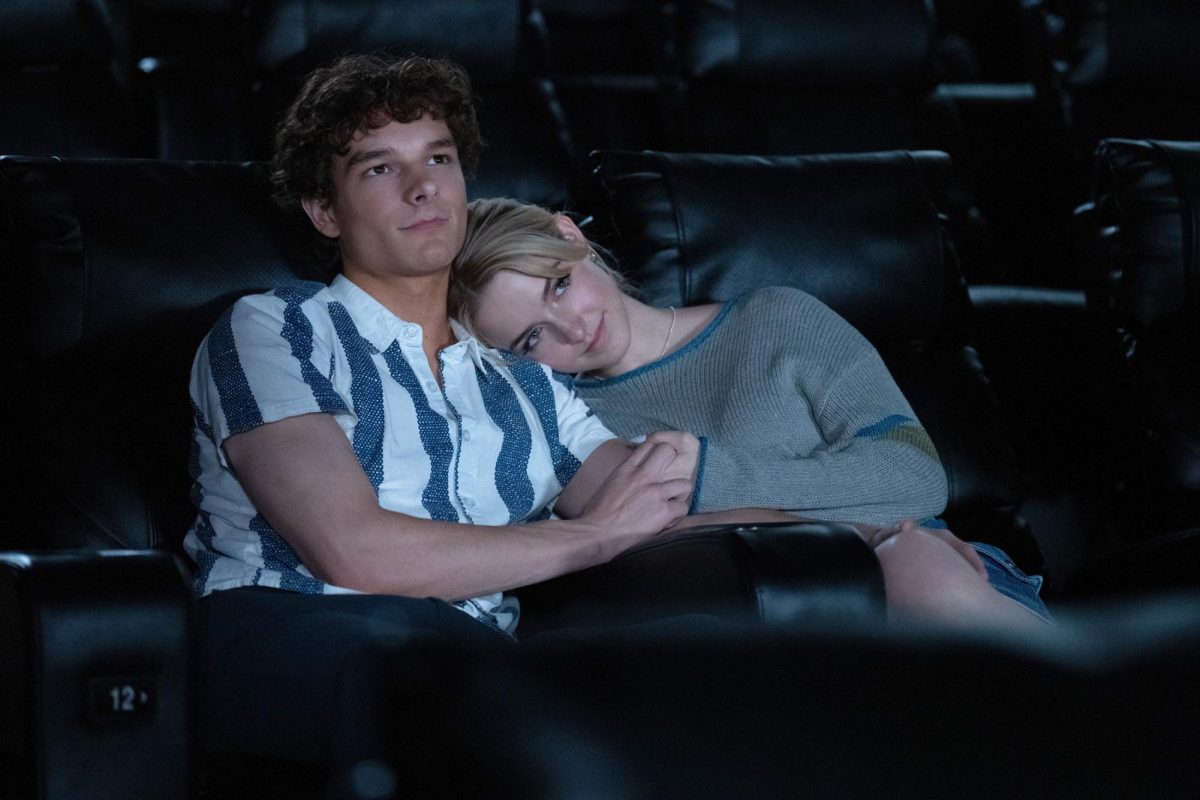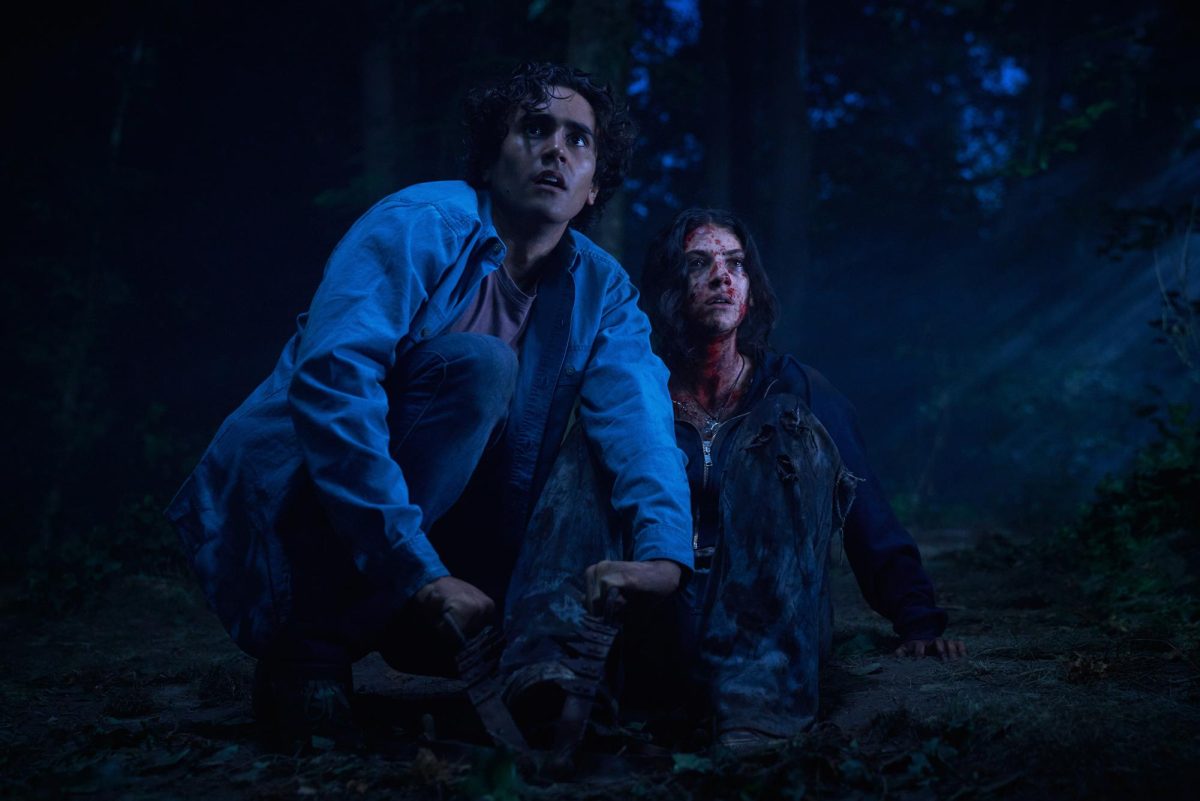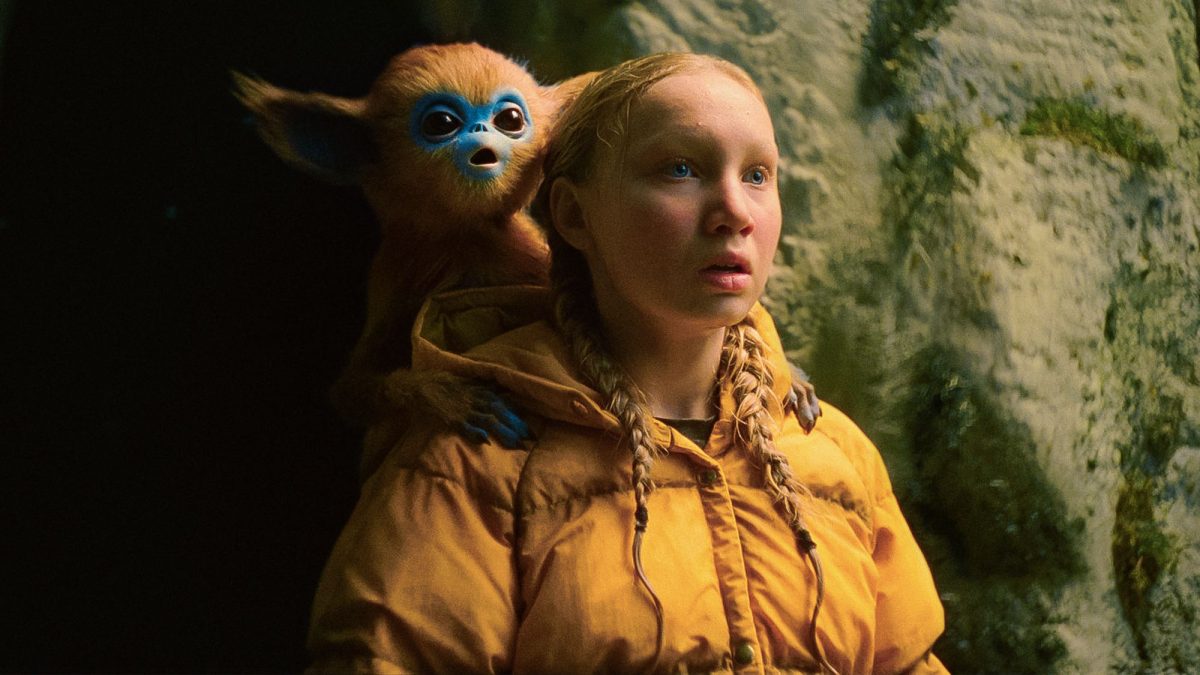With a blue, double-breasted jacket stretched over his shoulders, master thief Dom Hemingway (Jude Law) struts proudly down the streets of London, hair slicked back, his beard sculpted to perfection. He’s fresh out of prison and has only one thing on his mind: money. As viewers follow this hot-tempered criminal on his quest for cash, they are met with the vast narrative of “Dom Hemingway” that not only proves Law’s mettle as an actor, but also emphasizes how expert screenwriting and artistic direction can elevate a film to excellence.
The film opens just as Hemingway, a loud-mouthed, womanizing, cocaine-loving safe-cracker is released onto the streets of London after a 12-year stretch behind bars. He had taken the lengthy sentence instead of snitching on his criminal counterparts, and now with his freedom returned to him, he wants reimbursement for his noble deeds. Unfortunately for Hemingway, his luck quickly turns sour, and soon his craving for monetary gain becomes a desire to repair the shattered relationship between him and his daughter, Evelyn (Emilia Clarke).
Where “Dom Hemingway” can be commended most is in the narrative realm. Writer and director Richard Shepard crafts a wonderful, winding tale that journeys from lavish villas to dim pubs, with a handful of colorful characters to meet on the way. Mr. Fontaine (Demian Bichir), the wealthy crime boss whom Hemingway seeks out to receive payment for his prison stay, is perhaps the film’s most charismatic supporting cast member. Fontaine is a smooth-talking man of intrigue whose mystique encapsulates the film’s larger-than-life cast.
However, no personality Hemingway comes upon can top his own explosive persona. Law’s performance is mesmerizing as he delivers scathing, curse word–riddled monologues with animalistic intensity. Admittedly, Hemingway is not a “good guy” figure, but audiences may have a hard time not rooting for the eruptive bad-boy thanks to these endlessly entertaining tirades.
While amusing, Law’s prowess isn’t restricted to Hemingway’s heated rants. As the audience is introduced to his character’s familial woes, notably the death of his wife during his prison stay, his brutish facade crumbles revealing a tender and confused character simply looking for purpose. This dynamic gives viewers a bit of insight into the protagonist’s motivations and provides the humanization necessary to keep Hemingway from feeling too much like a caricature.
The film is no slouch when it comes to looks either, engaging viewers visually from the get-go. Costuming is consistently on point throughout the film, with everyone from the beautiful femme fatale Paolina (Madalina Diana Ghenea) to Hemingway himself dressed in visually engaging, borderline eccentric garb. Most memorable of the cast is Dickie (Richard E. Grant), Hemingway’s one-handed best friend, who frequently dons extravagant suits and brightly colored ascots, adding a pop of color in every scene he appears in.
Moments of more artistic cinematography are few but well executed. In a moment following one of Hemingway’s long-winded rants, he sits on a large, red chair. Panting and flushed, he rests, and above him is a massive photo of a baboon face. This primal entity, when placed next to a winded, enraged criminal, for a moment encourages viewers to consider how similar Hemingway truly is from a territorial, primitive being. This moment of introspection provides a welcome dose of comic relief, while also serving as a contemplative moment in the film, urging viewers to evaluate the character of the film’s titular role.
“Dom Hemingway” could best be described as a romp, as well as a profane, eccentric and unabashedly loud one for that matter. However, beneath the mountains of curses and cocaine, there is a nuanced and artistic tale that fans of cinema deserve to experience. With Law’s explosive performance encapsulating the volatile, yet sensitive nature of the film, “Dom Hemingway” challenges and rewards audiences from start to finish.
















